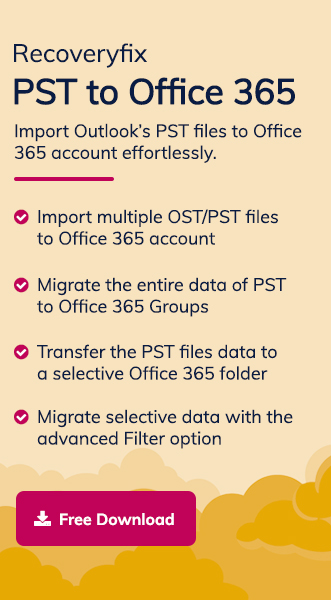Have you ever missed an important email just because it didn’t sync correctly between your phone and desktop? If so, you may be using the wrong protocol. Thus, understanding the difference between IMAP and Exchange could be the key to solving these problems. IMAP is excellent for accessing your emails anywhere.
On the other hand, Exchange is built for those who need to collaborate, share, and synchronize their data daily. Whether you are managing personal emails or working within a team, this guide will help you determine which system works best for you.
Essential Email Protocols: Understanding both IMAP & Microsoft Exchange!
Let’s briefly overview both email protocols to understand them more clearly.
Internet Message Access Protocol (IMAP)
IMAP (Internet Message Access Protocol) is widely used for accessing and managing emails stored on a mail server. It allows users to view their emails without downloading them, which means messages are easily accessible from multiple devices.
Key Features:
- Server-Based Storage: Emails remain on the server and are widely available across multiple devices.
- Two-Way Sync: Any changes like deleting or marking emails as read will sync instantly.
- Folder Organization: Allows users to create and manage folders.
- Compatibility: Works with most of the email clients.
- Simple Setup: Easier configuration with fewer system requirements.
Limitations:
- No Calendar or Contacts Sync: IMAP is limited to email only.
- Limited Offline Access: Full functionality requires an internet connection.
- Minimal Security Features: Lacks enterprise-grade security controls.
Microsoft Exchange Server
Exchange is Microsoft’s enterprise-grade email server and collaboration system. Apart from handling emails, it syncs calendars, contacts, tasks, and more. Exchange is commonly used by organizations that require advanced collaboration tools and enhanced security.
Key Features:
- All-in-One Sync: Syncs emails, calendars, tasks, contacts, and notes.
- Collaboration Tools: Supports shared mailboxes, global address lists, and public folders.
- Advanced Security: Built-in data loss prevention, encryption, and threat protection.
- Offline Accessibility: Provides full offline accessibility of mailbox content.
- Easy Outlook Integration: Designed to work smoothly with Outlook and other Microsoft apps.
Limitations:
- Higher Cost: Need to purchase a license to use the services.
- Complex Setup: Need technical expertise to deploy and manage services.
- Requires Microsoft Ecosystem: Works best within the Microsoft environment.
IMAP Vs Exchange: Side-by-Side Comparison
Analyze the comparison table to gain key insights and easily determine the major difference between IMAP and Exchange Server.
|
Feature |
IMAP |
Exchange |
| Email Synchronization | Yes | Yes |
| Calendar/Contacts Sync | No | Yes |
| Offline Access | Limited | Full |
| Security | Basic | Advanced (encryption, DLP, etc.) |
| Collaboration Features | None | Shared calendars, public folders |
| Cost | Free or low-cost | Requires paid license |
| Setup Complexity | Easy | Moderate to complex |
| Best For | Individuals, small teams | Businesses, enterprises |
Verdict: IMAP is a reliable and cost-effective choice if you’re an individual user or part of a small business that only needs email access. However, if you’re running a business that relies on real-time collaboration, task management, and enhanced security, then Microsoft Exchange is the best choice.
Real-World Applications: Which One Should You Choose?
Both IMAP and Exchange server have their own applications. So, choose them as per your current situation or requirements.
Choose IMAP:
- When using multiple devices to access basic email.
- Don’t need a calendar or contact syncing feature.
- To get a low-cost or low-maintenance option.
Choose Exchange:
- For smooth collaboration with team members.
- Need enterprise-level data protection facilities.
- Easy integration with Microsoft 365 tools and other services.
Final Thoughts
The blog has covered a detailed comparison between IMAP and Exchange Server. Understanding both email systems will help you easily differentiate between them and allow you to choose the right solution based on your needs.
Once you have decided on a suitable email system, the next challenge is migrating emails without any errors. For this, you can use Recoveryfix IMAP to Office 365 software to make the complete transition hassle-free.


